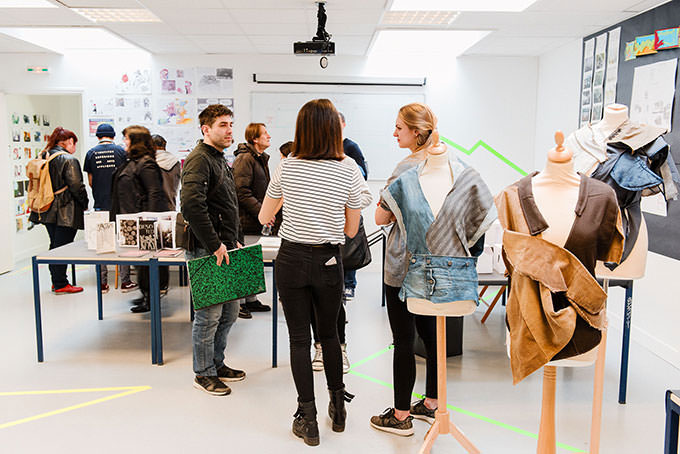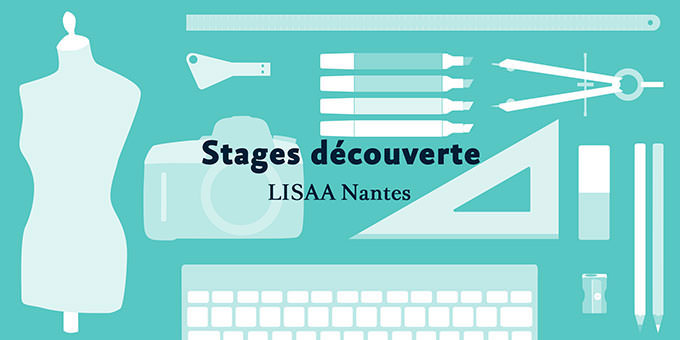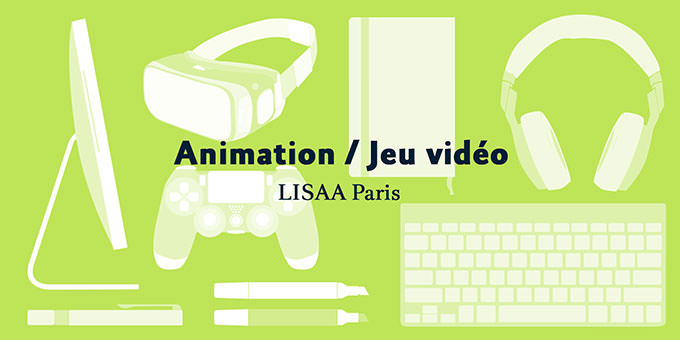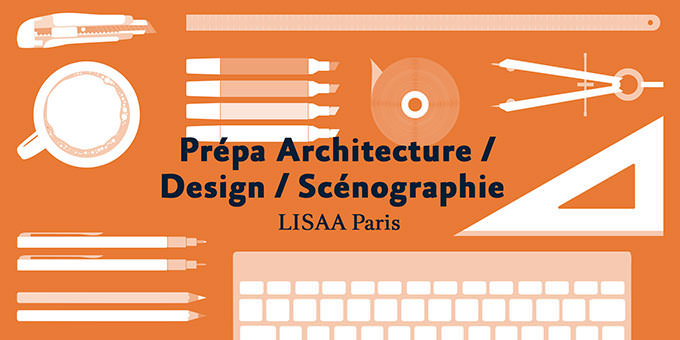LISAA at the cutting edge: new bachelor’s and master’s courses launching in 2016
In order to respond to the demands of recruiters, LISAA is reinforcing its students’ managerial and technical skills. From fashion to graphic design to design, this will affect all departments. Read on to discover all the latest news!

FASHION: E-COMMERCE AND TECH
In 2016, the fashion department at LISAA Paris is accompanying students towards connected creativity, by increasing their awareness of new design and manufacturing techniques, new materials and new uses in the innovative master’s in Fashion Tech/E-Business.
Not forgetting the economics aspect of the course, LISAA brings students wishing to start their own brand the advantage of also teaching them digital commercialisation strategies.
This course in English trains cutting-edge professionals who are creative, innovative and multi-talented, and perfectly adapted to the new requirements of the fashion industry.
GRAPHIC DESIGN: UX
Even though UX design has long been integrated into web design, we are now finding job offers specifically in this field, showing the increasing importance of the added value of this discipline within agencies’ strategies.
In order to respond to this demand, the Graphic Design department at LISAA Paris is launching a master’s level course in UX design – a way of broaching design by focusing on the uses and needs of users.
DESIGN: GLOBAL DESIGN AND SERVICE DESIGN
LISAA Paris and Rennes are also offering a master’s course in Global Design/Service Design starting in the academic year of 2016. This specialised course will allow students to go on to become well-rounded designers with sound managerial skills.
VIDEO GAMES: REINFORCING TECHNICAL SKILLS
The approach to video games in the new master’s level 3-D Game Tech course entails the broaching of technical notions that allow students to create realistic renderings – physically-based rendering – such as those that are used in AAA productions.
Students develop their directing skills, the development of realistic shading and software use (Substance, Maya…) and the Unreal Engine. They combine 2-D and 3-D techniques for complex projects and optimise a production timeline. This approach leads to an in-depth knowledge of the entire production pipeline for 3-D video games.







